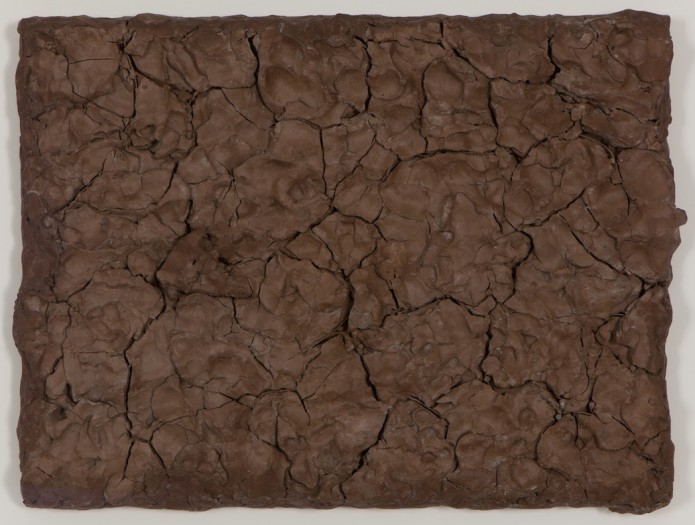For this year’s display at Frieze Masters, Luxembourg & Dayan celebrates the famous exhibition L’Informe: mode d’emploi curated by Yve-Alain Bois and Rosalind E. Krauss at the Centre Georges Pompidou in 1996. Twenty years on, we re-examine this inspirational exhibition — monumental in scale and art-historical significance — through a presentation of these modern masters whose work challenged the conventions of form and pictorial representation. Bois and Krauss’ exhibition took Bataille’s concept of l’Informe, which posited that art should be brought “down in the world” to its base materialism, to radically reconsider avant-garde and modernist art. Arguing that artists throughout the twentieth-century have used formlessness as an operation- al tool, they sought to dismantle entrenched art historical categories by uniting a diverse selection of works: from firebrand iconoclasts such as Duchamp and Picasso, through to the post-war generation of artists such as Arman, Fontana, Manzoni, Oldenburg, Rauschenberg, Twombly and Warhol, whose work furthered the formal and conceptual transgressions that emerged earlier in the century. Re-examining this prescient exhibition, Luxembourg & Dayan’s presentation explores the concept’s on-going relevance and encourages visitors to consider what Formlessness means today.
Formless Re-Examined is continued in Frieze Sculpture Park with a rare occasion to see a sculpture by Claes Oldenburg: Fagend Study (1975), an oversized crumpled cigarette butt made of lead, steel and polyurethane. Blurring the boundaries between art and life, creativity and waste product, Oldenburg’s piece embodies Formless’s line of inter- rogation, at the same time expanding the field of sculpture: “If I didn’t think what I was doing had something to do with enlarging the boundaries of art,” he once stated, “I wouldn’t go on doing it.”



